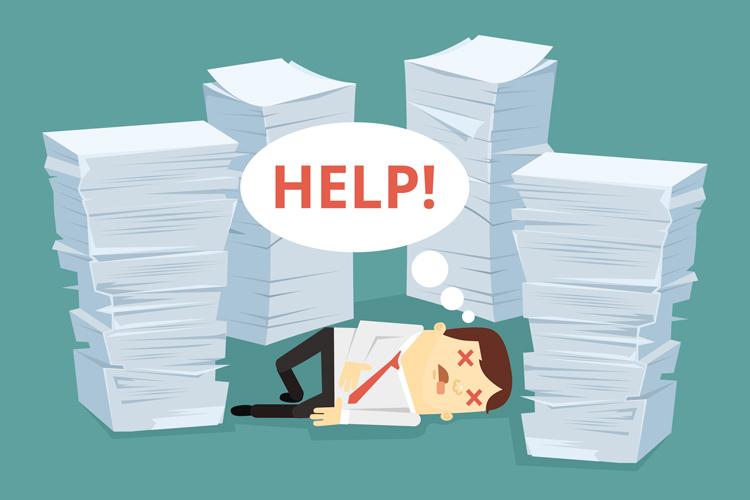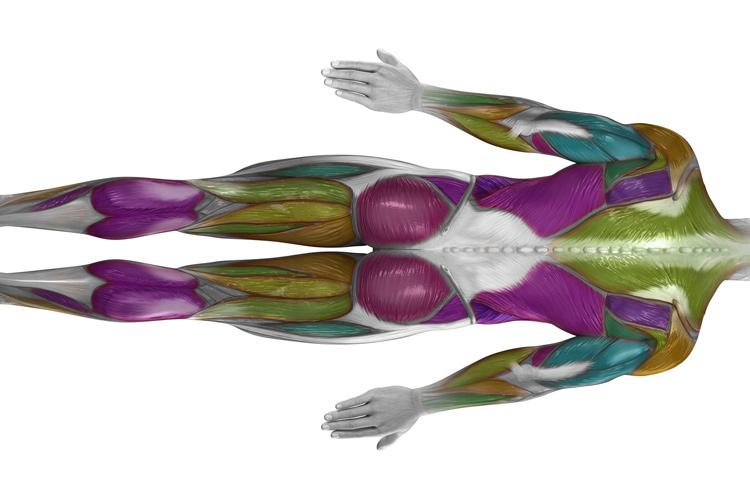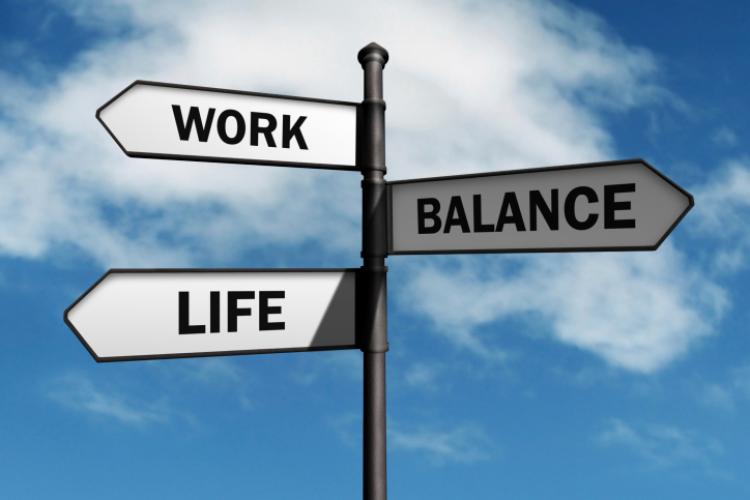Work life balance
Work life balance and the law
Working parents have a range of rights that can help with work life balance. These include the following:
Stress at work
Work stress can lead to mental and physical ill-health including depression, anxiety and depression. It can also increase the likelihood of accidents at work as people are more likely to make mistakes when they are stressed.
Home working
Types of home working
Home workers tend to fall into one of two categories:
Health and wellbeing at work
Guidance on health and wellbeing at work
Simple guidance produced by the Health and Safety Executive (HSE) on how to manage stress and musculoskeletal disorders and a range of other health issues that are caused by work should be the first point of call. The HSE states that 70% work related illnesses are made up of, in order, musculoskeletal disorders such as back pain and RSI, followed closely by stress, anxiety and depression.
Downshifting
Reasons for wanting to downshift
- Spending more time with loved ones, enjoying hobbies or volunteering for charity.
- Reducing stress.
- Going down a gear before fully retiring.
- A lean towards the green - reducing your carbon emission by cutting down on your commute or time spent sitting at a computer.
- Less hours working may make you view your job more positively.
How to downshift
1. Assess your finances
Commuting
What to consider
1. How important is the job to you?
Weigh up how much you would enjoy the job, and how good a career move it is for you, against the amount of spare time you’ll be giving up.
2. Can you afford it?
This is a huge consideration - research the costs of public transport and petrol.
3. Stress
If you don’t cope well in situations beyond your control – traffic jams, train delays - would you begin to dread work every day?
Asking for a change in working conditions
Anyone can make a request for a change in working conditions. However, the statutory right to request flexible working is restricted to certain employees who:











